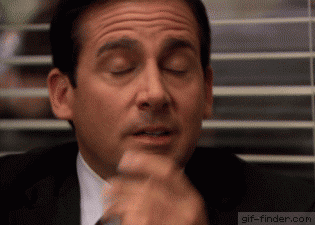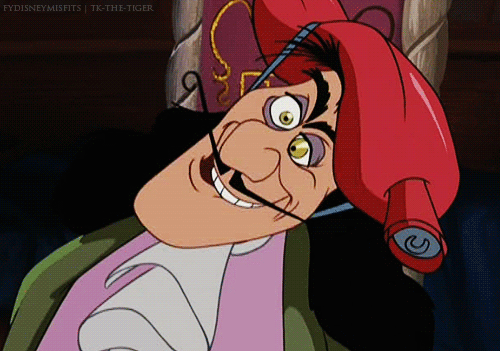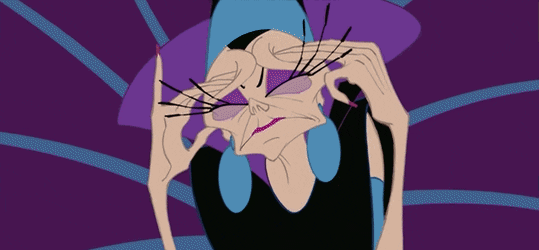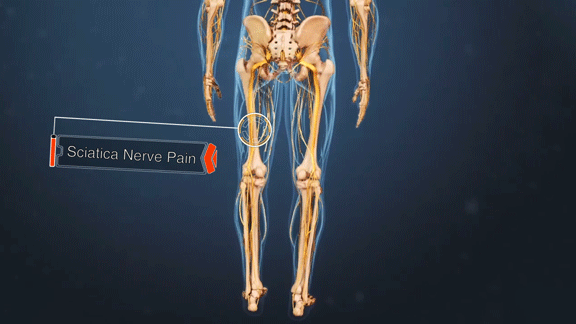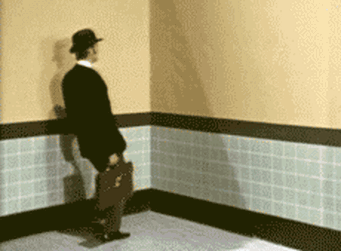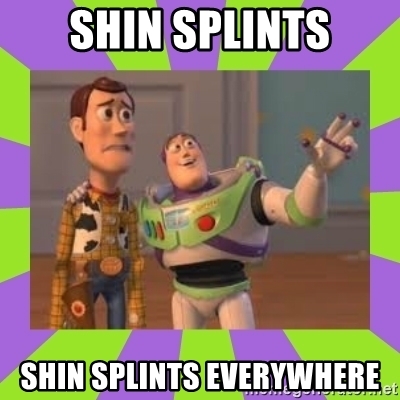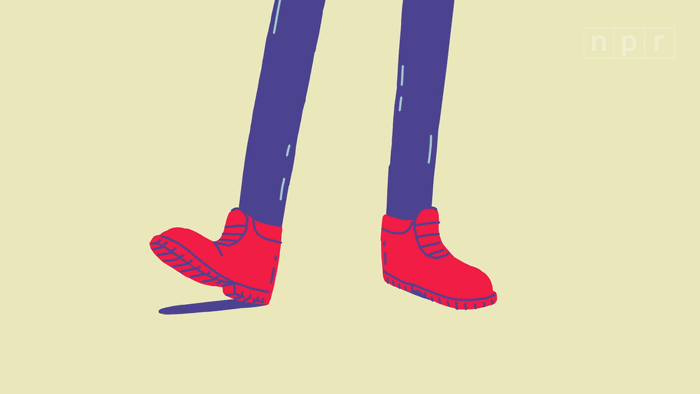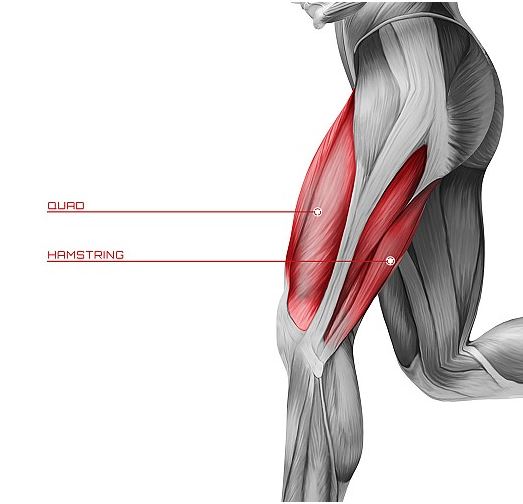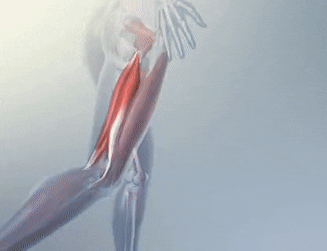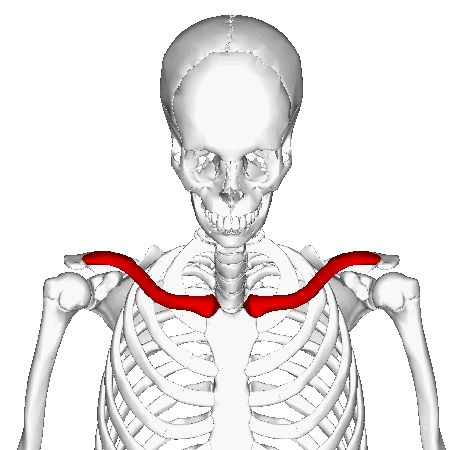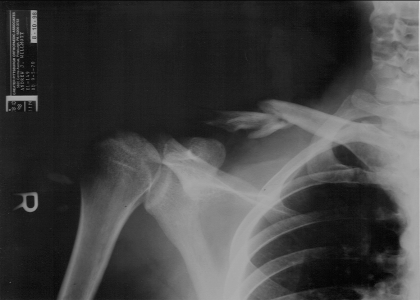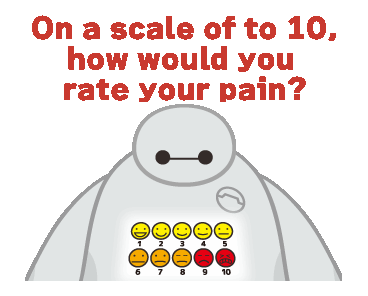A Common Ailment
Many people every day suffer from headaches. Whether they are related to emotional, medical or physical changes in your body, headaches are never something you want to deal with. Emotional contributions include stress and anxiety. Medical issues such as changes in your blood pressure can also lead to headaches. Finally, physical issues or injuries happen and cause headaches to occur as well.
Types of Headache
Sinus headaches are common, especially during certain times of year. A swelling feeling will occur around your nose, cheekbones, and forehead as fluid begins to pool in those areas. This can also be accompanied with swelling in your face, fever, and running nose. Treatment for this often includes decongestants or antibiotics.
Another common type of headache is the dreaded migraine. Doctors are unsure as to why exactly migraine headaches occur. However, they seem to be related to changes in the brain and genes. Migraine symptoms include fatigue, sensitivity to light, and ringing in the ears. Many people also describe an aura that affects their vision.
Cluster headaches are a third type of headache that are not common but do happen. These are headaches that happen in sharp and intense clusters, commonly in one side of the eye. These will often wake people up at night and can often be accompanied with changes in color, pain in the eye, and sweating. These types of headaches are not commonly treated by physical therapy, and require intervention from a medical doctor.
Tension headaches are the most common type out there for adults. These usually effect the forehead and back of the neck or head. People often call these stress headaches. These types of headaches usually effect both sides and give a squeezing sensation to your neck and head. Many also experience tension of the muscles surrounding the neck area.
TMJ headaches area also a common type experienced by adults. These are classified by pain in the neck and jaw area as well as changes in bite or restrictions in the jaw with chewing. These can be hard to distinguish from a normal tension headache, but can often be associated with grinding of the teeth as well.
Treatment
Treatment for these types of headaches include lifestyle changes as well as physical therapy. Soft tissue interventions are used to treat these. These techniques help encourage blood flow to the affected areas and improve mobility of your cervical spine. Corrective exercises are also used to help correct postural faults and to improve biomechanics for limited activity performance.
If you are currently suffering from headaches and would like us to help you diagnose the type you’re experiencing, please let us know. We would be glad to help to get those headaches better and improve your daily function.
Written by Casey Badder PT
